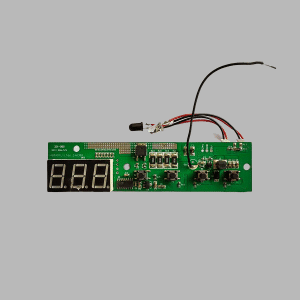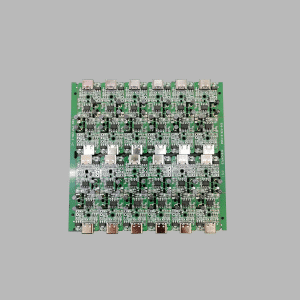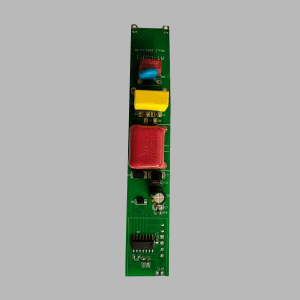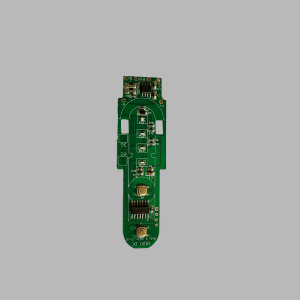1.Core Functions
Wireless Communication
Supports 2.4GHz/5GHz band, realizes two-way data transmission with server/client via TCP/IP or UDP protocol.
Example: ESP32 control panel can be used as AP (hotspot) or STA (connected router) mode at the same time, with a coverage range of 50-100 meters.
Remote Control
Connect to the cloud (e.g. AliCloud, AWS) via MQTT/HTTP protocol to realize cross-region device management.
Supports OTA (Over-The-Air Upgrade) to update firmware without physical contact.
Multi-device linkage
Coordinate multiple terminals (e.g. control smart light + air conditioner at the same time) through JSON format commands.
Access to IFTTT platform to realize cross ecological linkage (e.g. “turn on lights automatically before arriving home”).
Sensor integration
Directly read temperature and humidity (DHT11), light (BH1750) and other sensor data, and upload them to the database via WIFI.
Support PWM control of motors and servos to realize physical feedback (e.g. remote switching of curtains).
Low power consumption mode
Deep sleep mode with current as low as 10μA (e.g. ESP8266), suitable for battery-powered IoT devices.
2.Typical Application Scenarios
Smart Home
Real-time monitoring of home security (door and window magnetic sensors + camera linkage), voice assistant control of home appliances (integrated Alexa/Google Home).
Industrial Internet of Things
Factory equipment status monitoring (vibration sensor + edge computing), abnormal data trigger WeChat/email alarm.
Agricultural automation
Environmental control of greenhouses (soil moisture exceeding the threshold automatically starts the irrigation system), data visualization Kanban display.
Program experiment equipment
Educational scenarios to control robotic arms, 3D printers, students submit command queues through the Web interface.
3.Development Considerations
Protocol selection
TCP (such as video streaming) for high real-time requirements, UDP (such as sensor reporting) for low-power scenarios.
MQTT protocol is preferred for IoT (lightweight + low bandwidth consumption).
Security
Enable WPA3 encryption and use TLS/SSL certificates on the device side (to prevent man-in-the-middle attacks).
Add rate limitation to cloud API (anti-DDoS), device firmware signature verification (anti-tampering).
Network fault tolerance
Design disconnection and reconnection mechanism (e.g. exponential backoff algorithm), local caching of key instructions.
Use heartbeat packets to monitor connection status (default 60-second interval).










评价
目前还没有评价